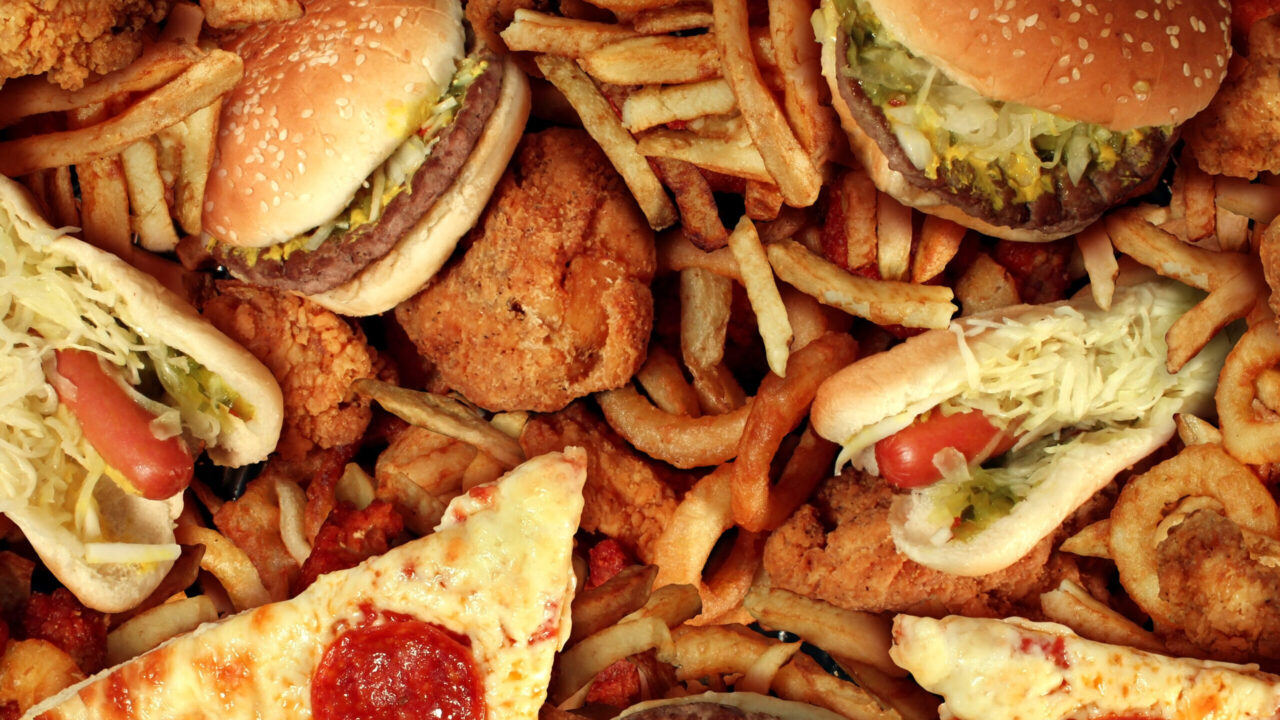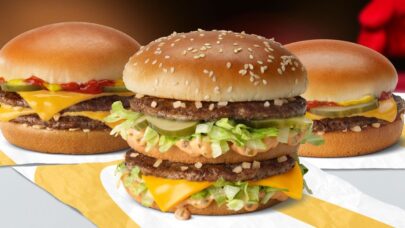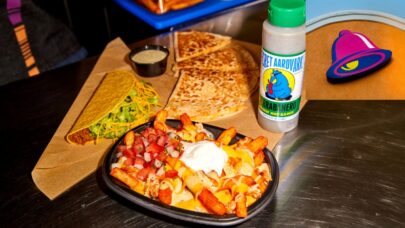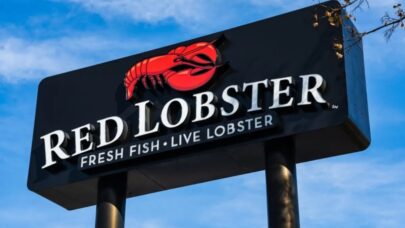When you buy something through one of the links on our site, we may earn an affiliate commission.
Ever since the first burger was handed off from a drive-thru window, fast food has been a source of convenience and affordability. But now a growing chorus of groans have been rising from the same drive-thrus across the country. The culprit? Soaring menu prices that are straining wallets and forcing consumers to rethink their fast food habits.
The cold hard fact is that the era of the “dollar menu” seems like a distant memory. Fueled by inflation, supply chain issues, and rising labor costs, fast food chains have been steadily increasing prices, outpacing inflation year over year. This isn’t just a bump in change – we’re talking significant hikes that leave consumers experiencing “sticker shock” at the checkout.
Higher Costs, Shrinking Portions
The pressure is on for corporate headquarters as well to strike the right balance between profitability and customer loyalty. The once gentle dance has turned into a frenetic, tribal march inconsiderate of fellow participants. Even franchisees are vocally urging for more support in this economic climate.
And the frustration is palpable. Social media is lousy with growing complaints about combo meals exceeding the $15 mark, and reports show a decline in fast food sales. Industry giants like McDonald’s and Yum Brands (Taco Bell, KFC, Pizza Hut) have taken notice. Their recent underwhelming sales figures paint a clear picture: consumers are voting with their wallets.

it’s the franchise owners on the front lines who are feeling the heat – and fearing a customer exodus. The concern is justified. Sit-down dining, traditionally more expensive, offers a perceived increase in value – table service, potentially larger portions, and a more relaxed atmosphere. With fast food prices creeping closer, the convenience factor that has long been its strength might not be enough to justify these price increases.
David Lee, a Taco Bell franchise owner in Atlanta calls for help from his corporate partners: “Corporate can provide resources and marketing strategies that emphasize the value proposition of fast food, even with the price increases.”
Shane Paul, who owns seven Jack in the Box locations in San Diego responded to the fast food wage increase going into effect on April 1st by raising prices, 11% across board. He says that sales are already “trending down” as a result and he suspects customers are turning to sit-down restaurants instead.
Choosing Sit-Down Establishments Are On The Rise
When a fast food meal starts to approach the price of a sit-down restaurant option, the convenience factor starts to lose its luster. Consumers are questioning – is it still worth it for a burger and fries? Applebee’s offers two entrees and an appetizer at 2 for $20 while a meal for one from Five Guys for one cheeseburger, an order of Little Fries, and a small drink totals $24. Doe this make sense? Many are saying “no”, opting to do their own cooking, deleting their fast food apps in defiance against the rising costs, and shrinking portions…leaving fast food behind.
The McDonald’s CEO discussed in February the prospect of adding more value to the menu after sales declined in the last quarter. He told investors that experimenting with value meals internationally, and working to implement them in the US to see how customers respond, could be incentive to bring low-income customer back on board.
Some are focusing on value menus with limited-time offers like Wendy’s, while others are experimenting with automation to potentially offset labor costs. One Burger King franchisee in California estimates he will cut workers by about 70% after installing dozens of kiosks at his locations. But the key question remains: can they win back the trust of consumers who feel the value equation is broken? The chains are facing the music, and scrambling to adapt.
And unfortunately, Franchisees are stuck in a balancing act. Some are exploring value menus with limited-time offers, hoping to entice budget-conscious customers. Others are pushing for increased marketing efforts to highlight the convenience and speed that fast food still offers.
The days of cheap, quick eats might be over. And the future of fast food may lie in finding a new balance between convenience, affordability, and quality to satisfy a customer base that’s grown increasingly cost-conscious.
“We’re all feeling the pinch,” says Sarah Miller, a McDonald’s franchise owner in Chicago. “We understand the need to raise prices, but we worry that customers who used to come in for a quick, affordable meal might now consider a sit-down option for just a few dollars more.”











